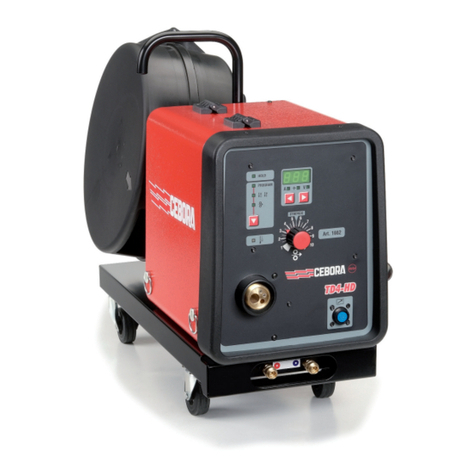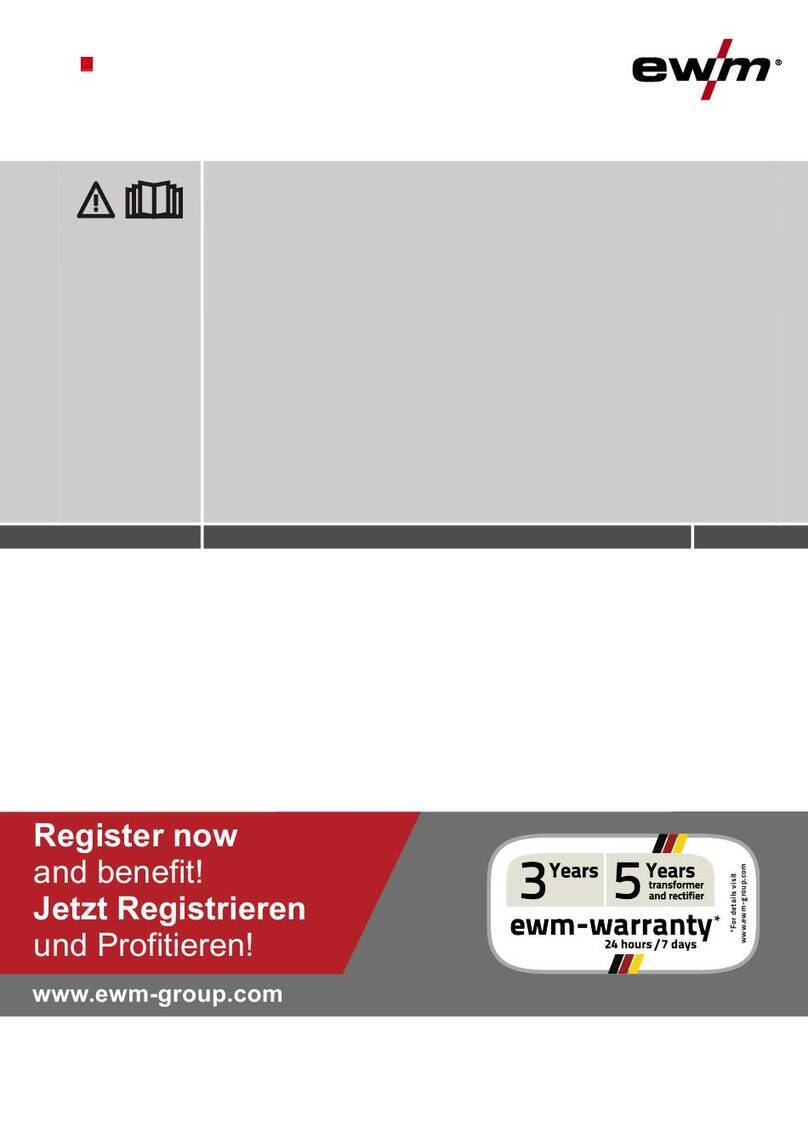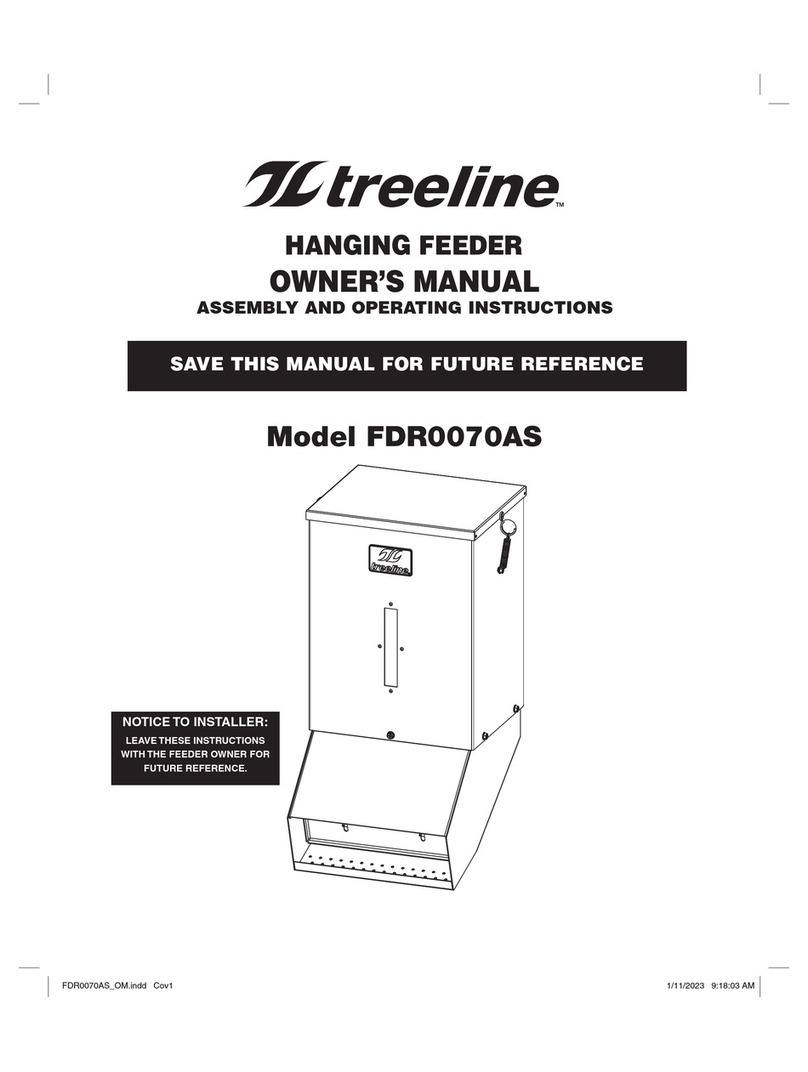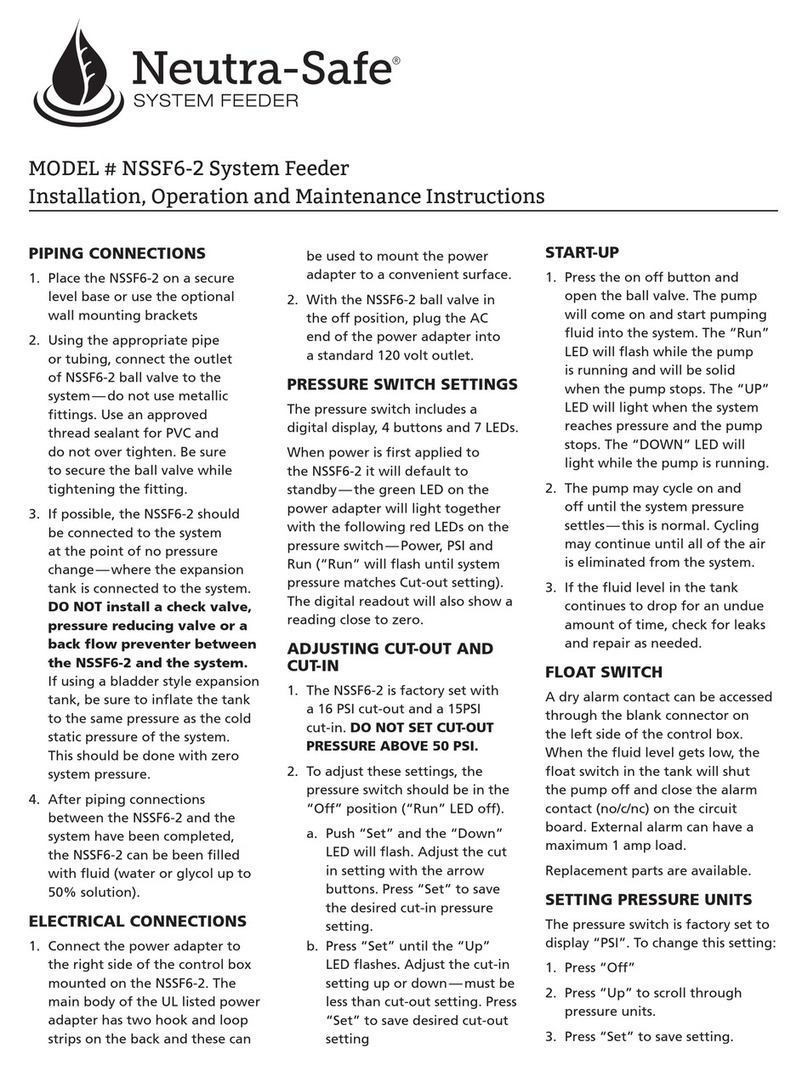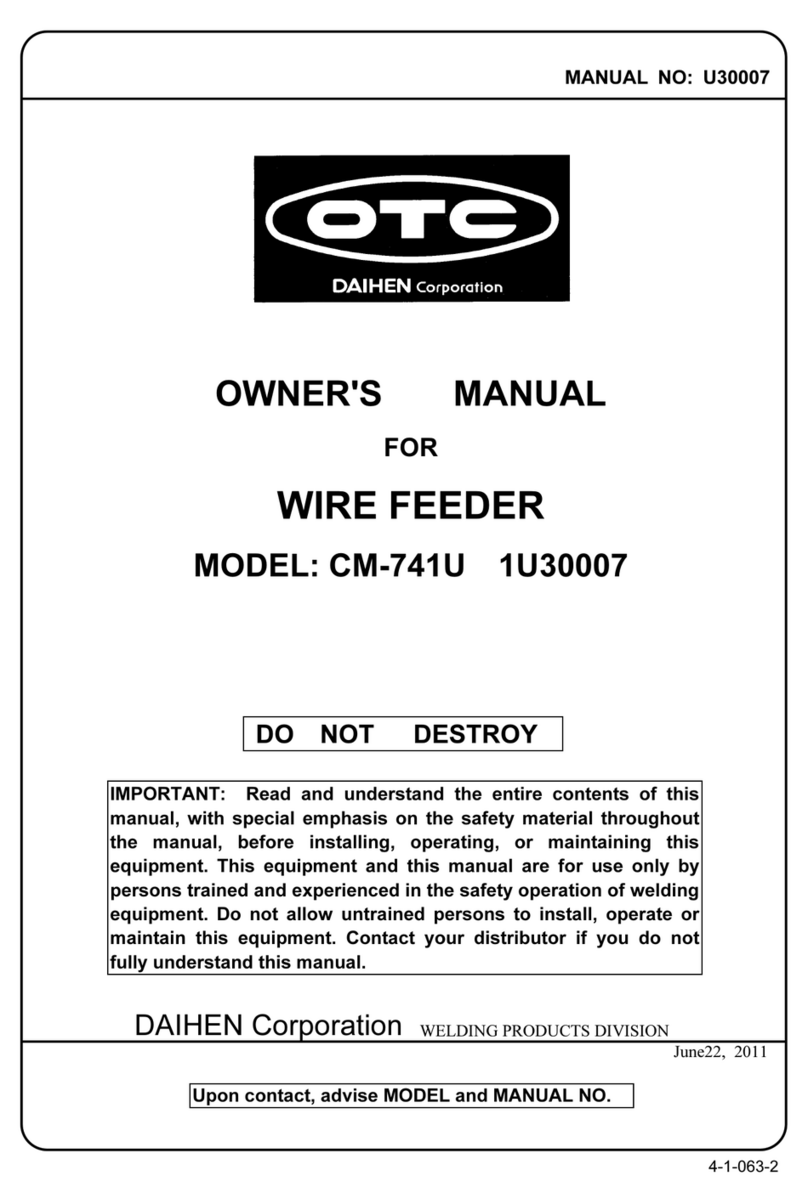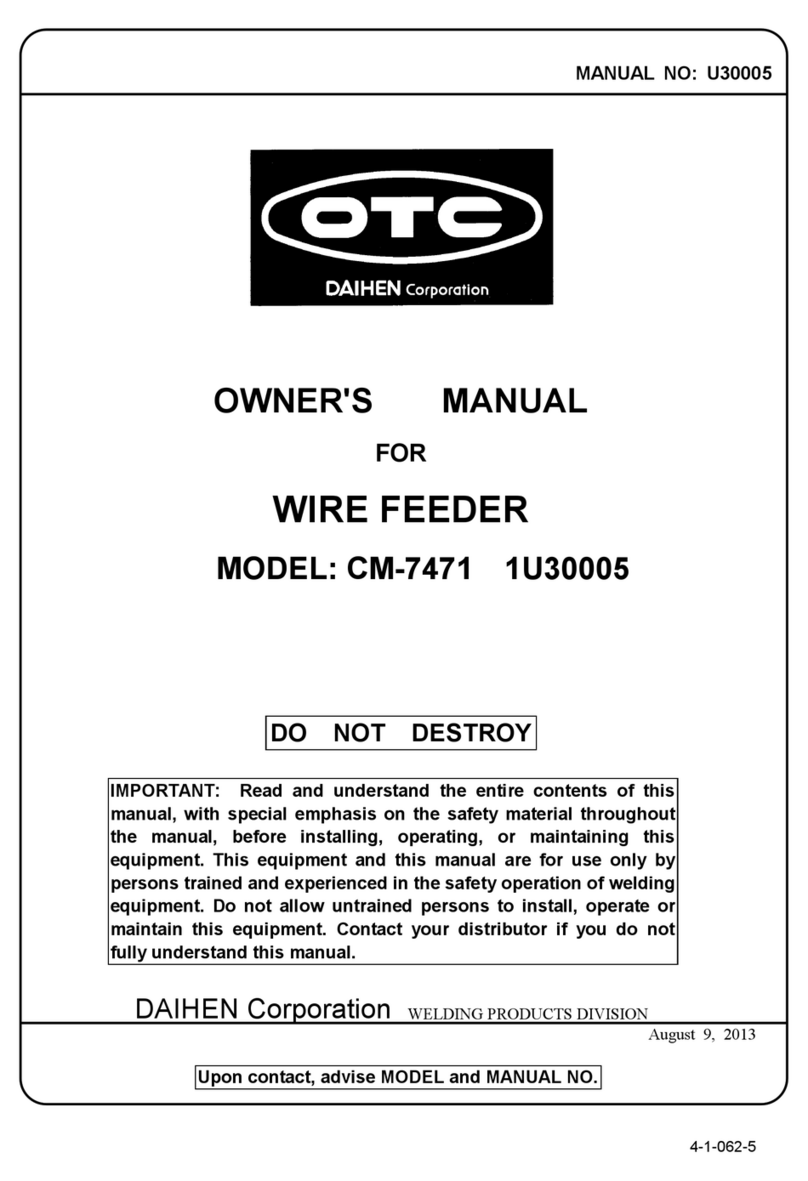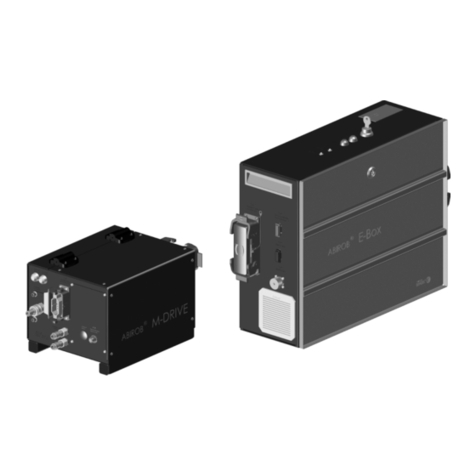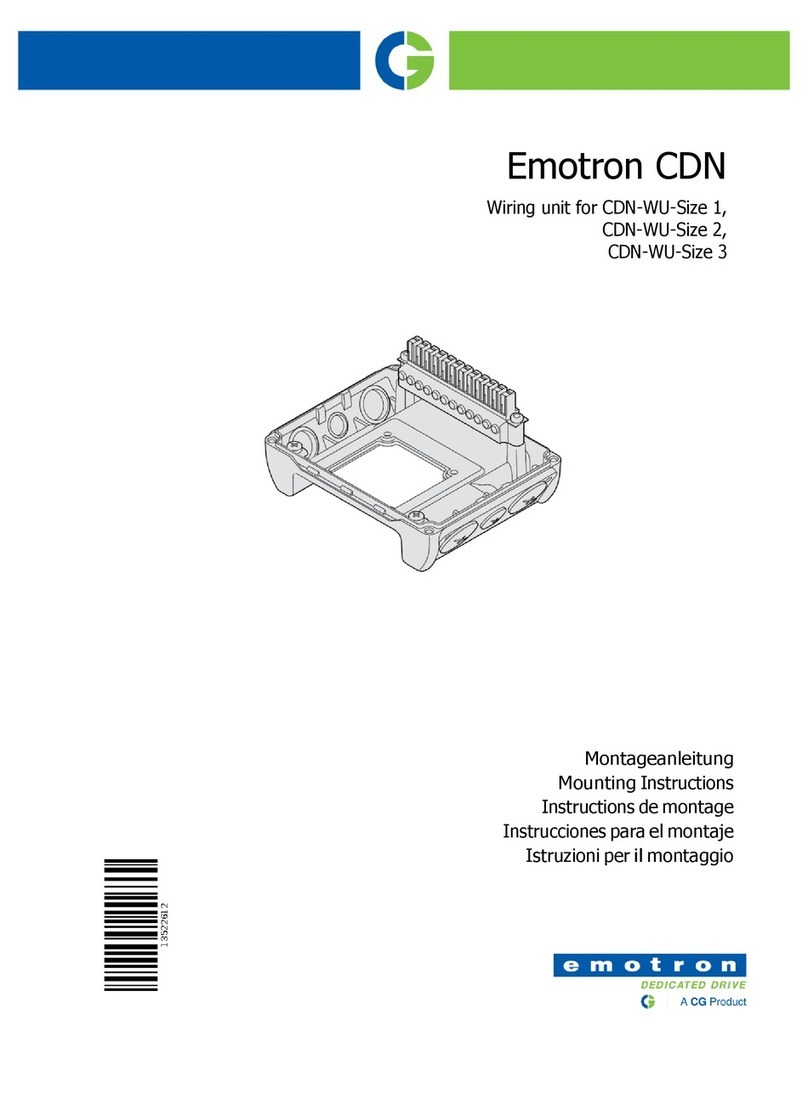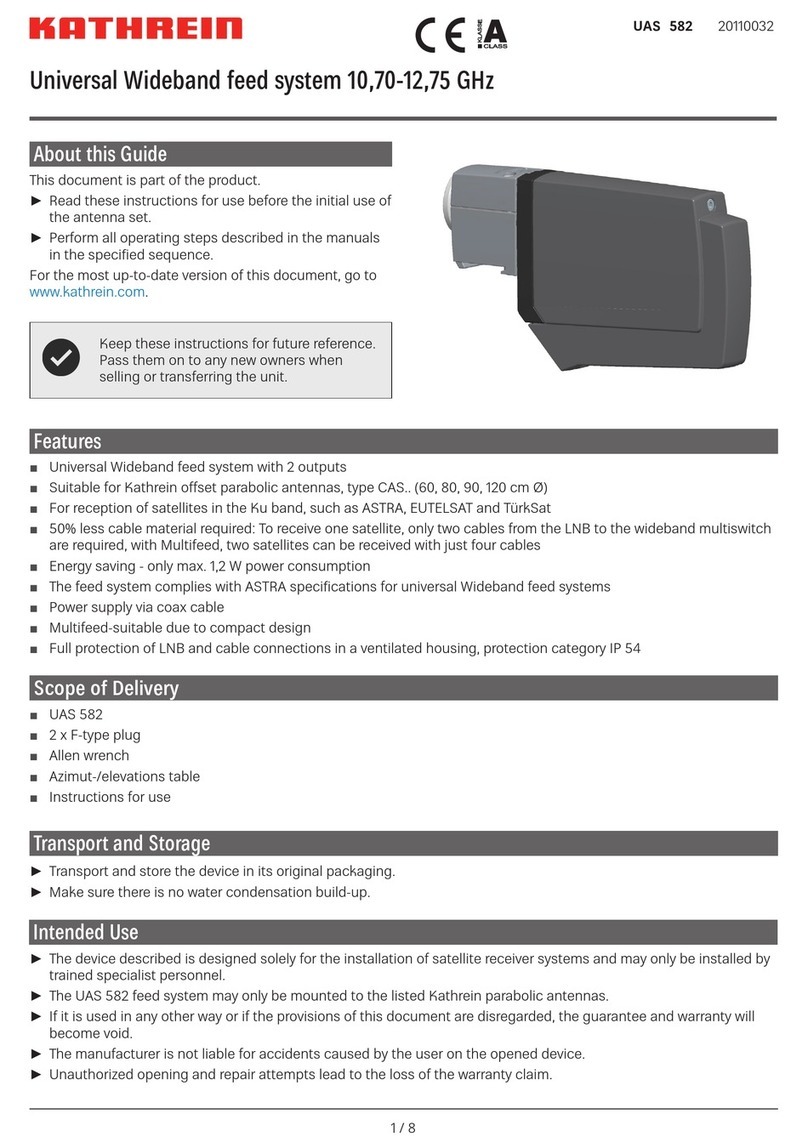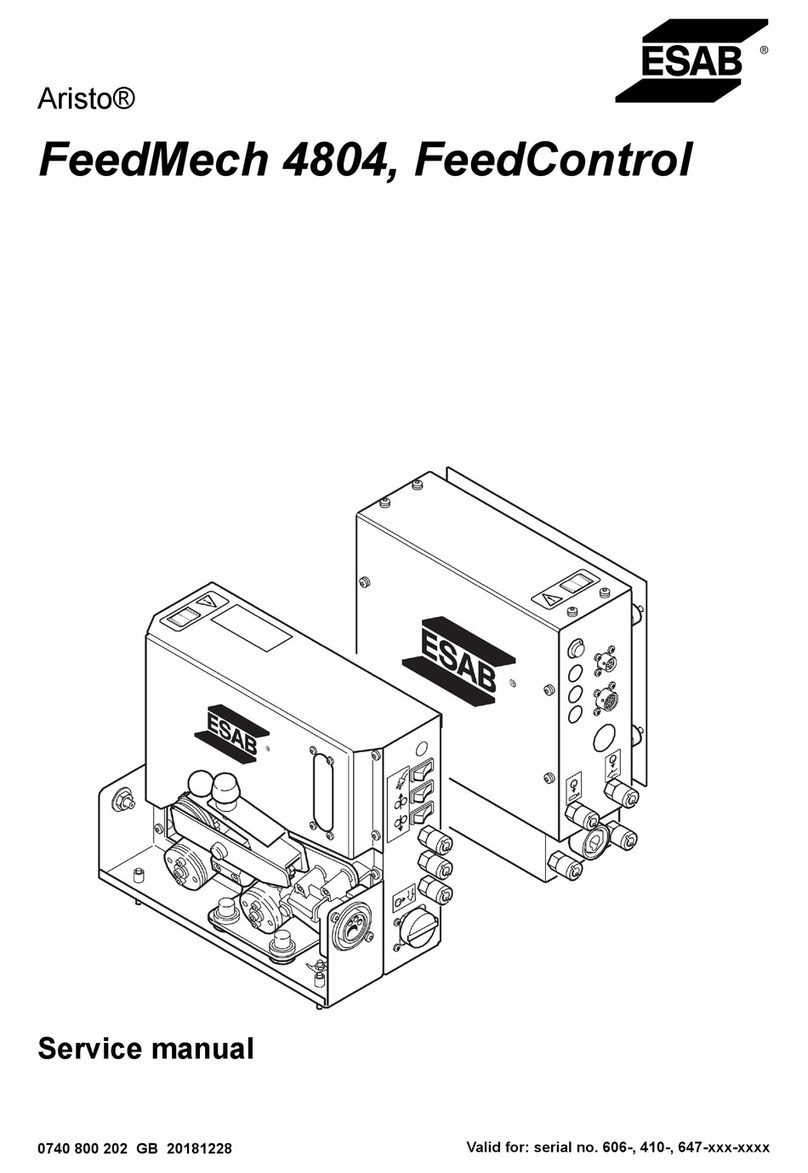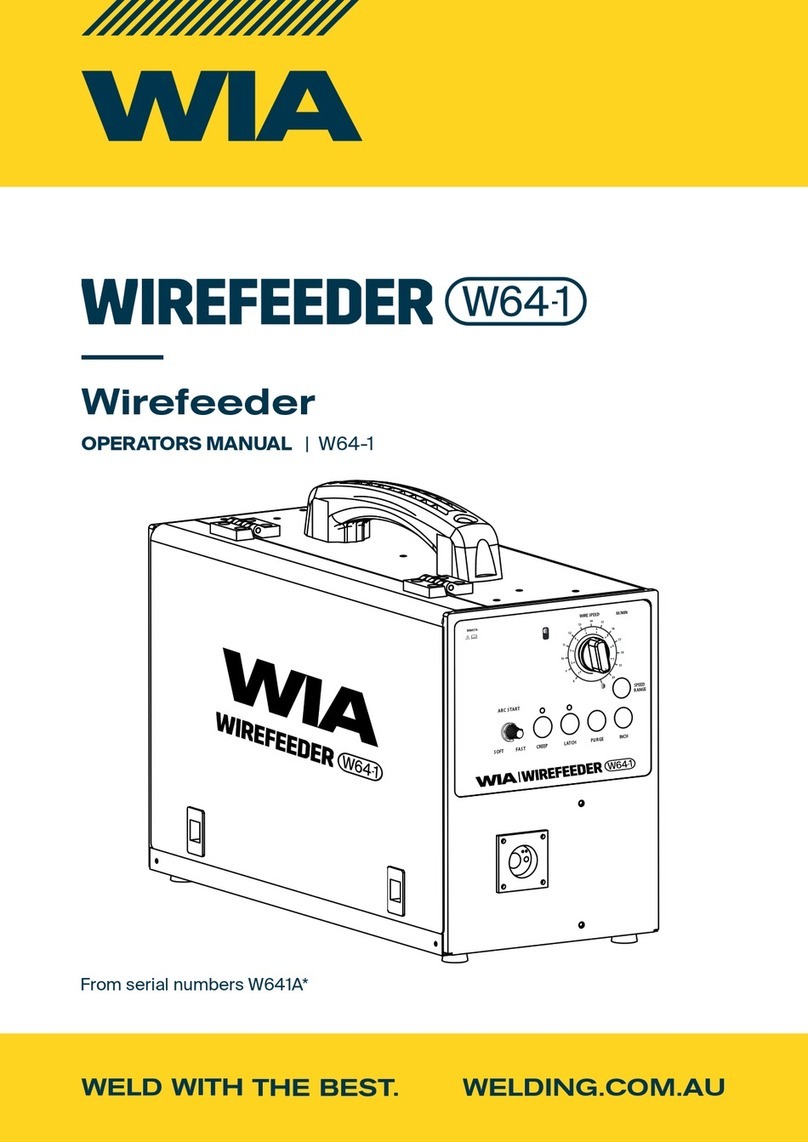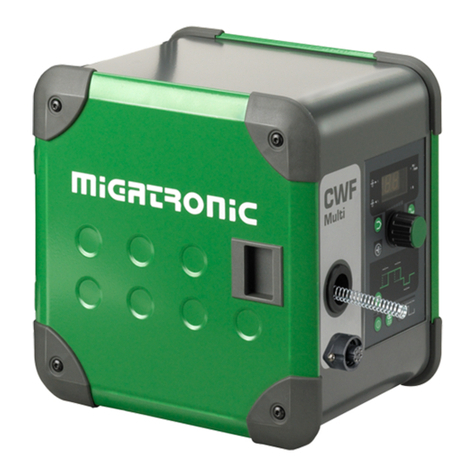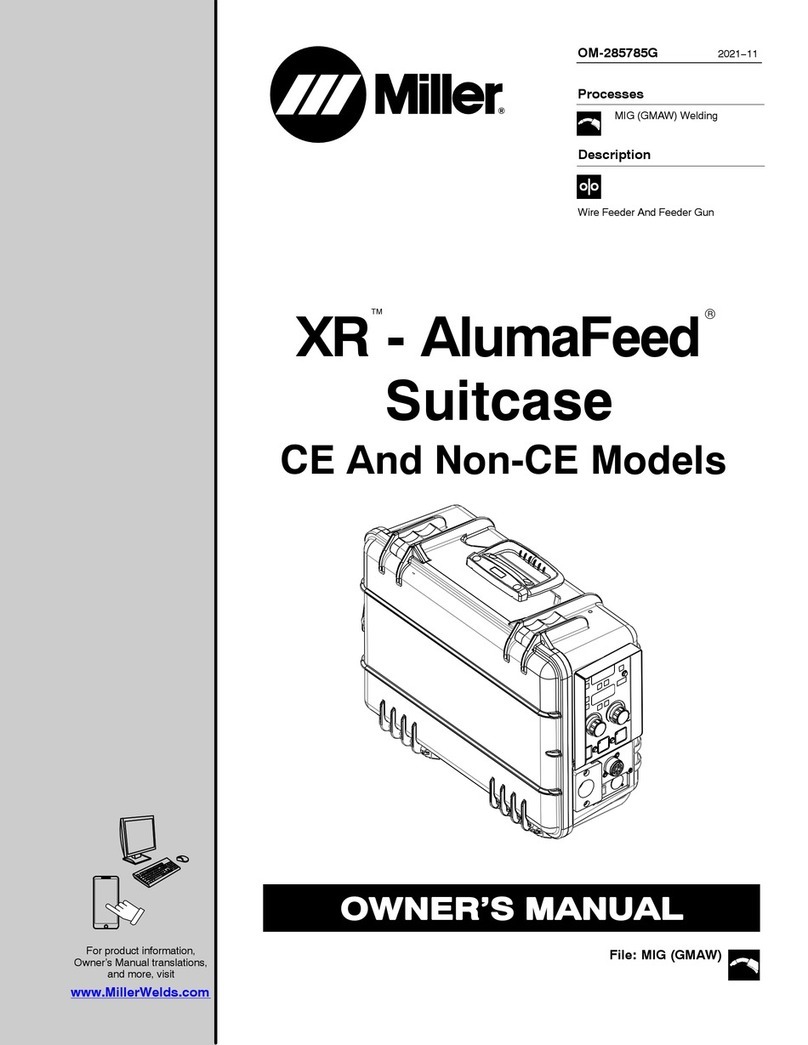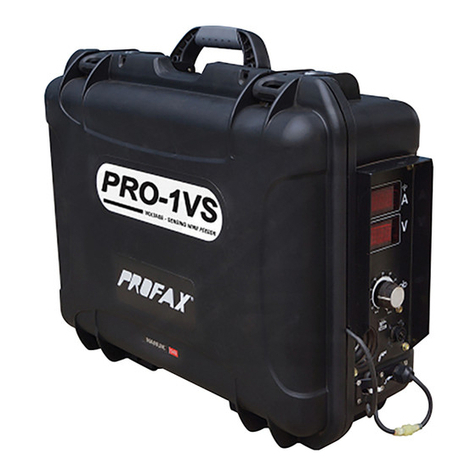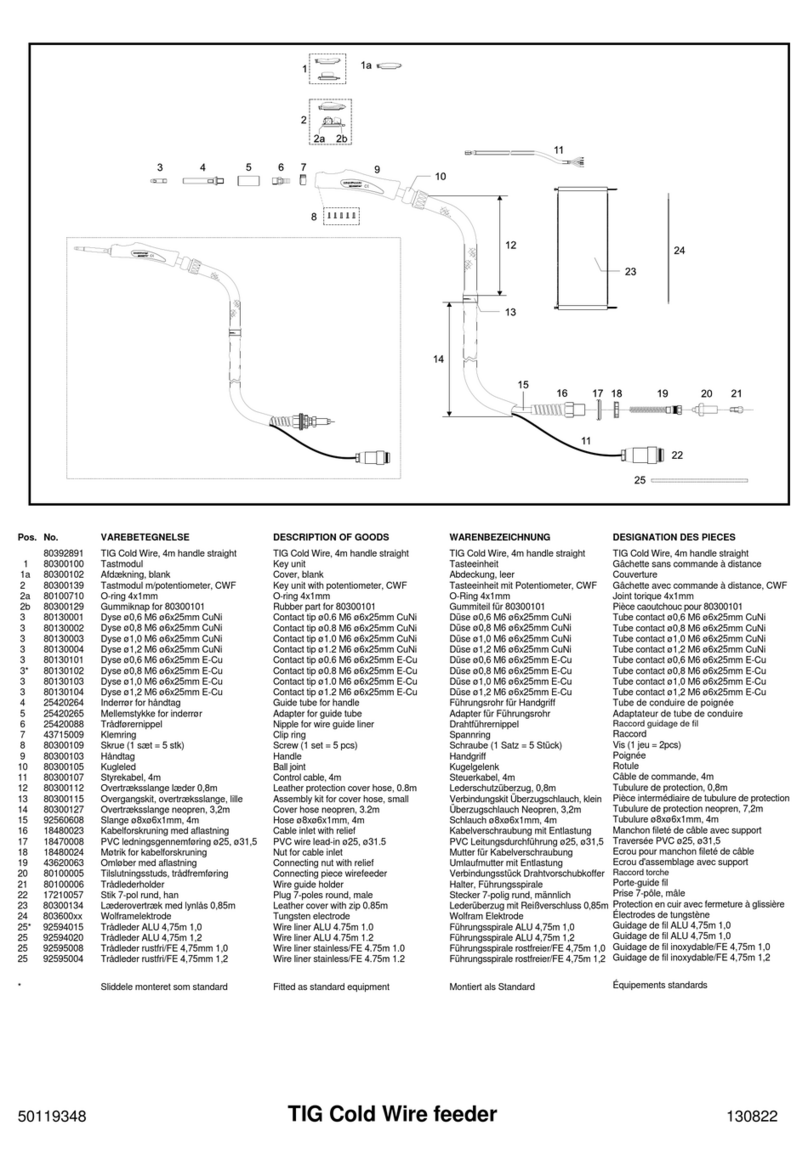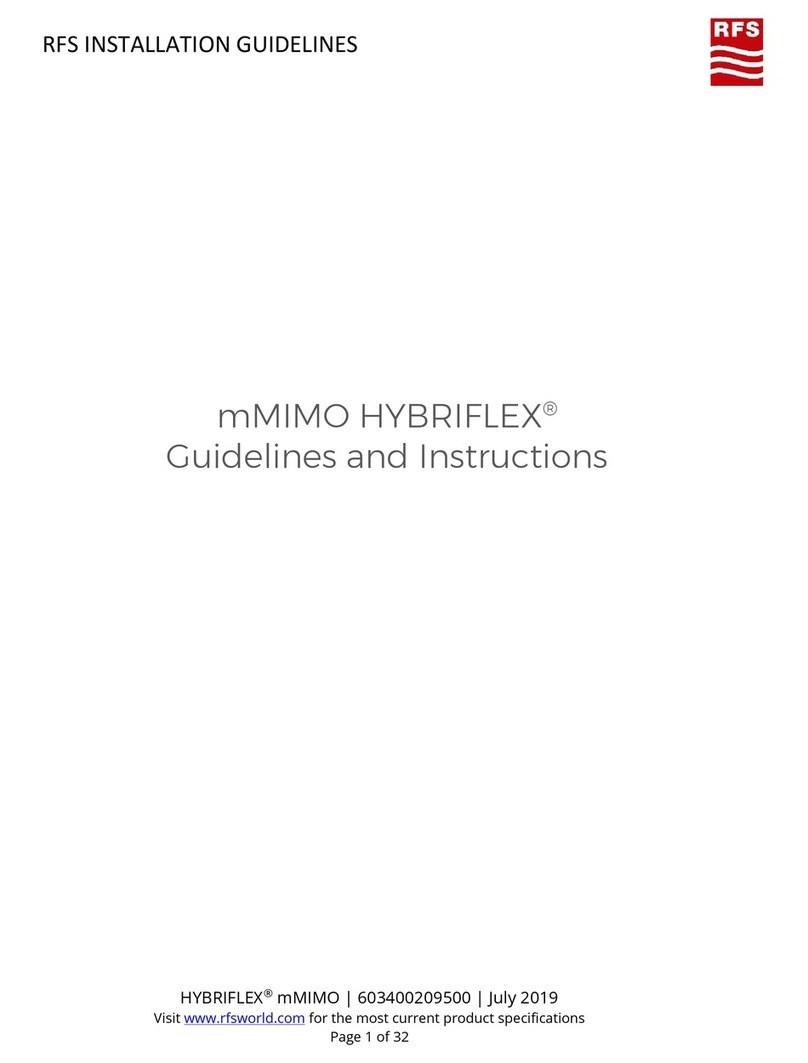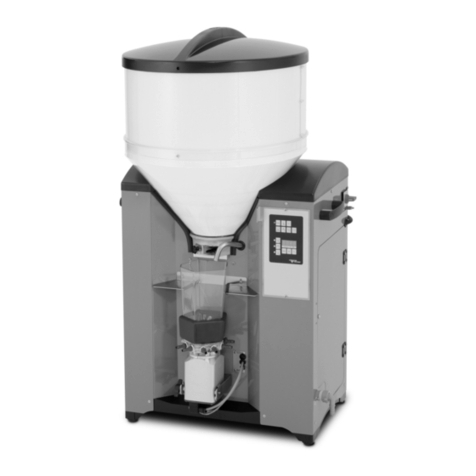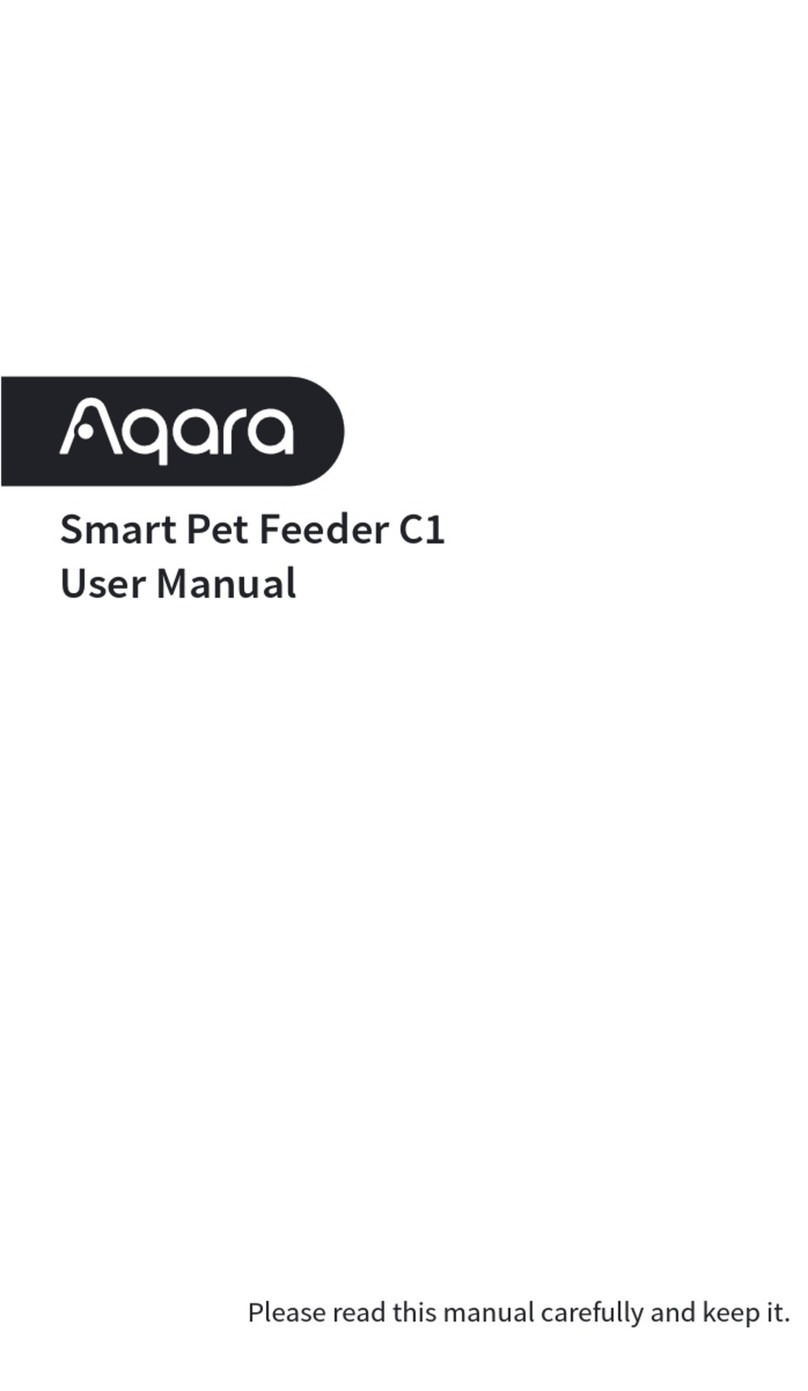
No. U5279
P. 3 / 25
2. ARC WELDING SAFETY PRECAUTIONS (continued)
ELECTRIC SHOCK can kill.
Touching live electrical parts can cause fatal shocks or severe burns. The electrode and work
circuits are electrically live whenever the output is on. The power line and internal circuits of
this equipment are also live when the line disconnect switch is on. When arc welding all metal
components in the torch and work circuits are electrically live.
1. Do not touch live electrical parts.
2. Wear dry insulating gloves and other body protection that are free of holes.
3. Insulate yourself from work and ground using dry insulating mats or covers.
4. Be sure to turn off the line disconnect switch before installing, changing torch parts or
maintaining this equipment.
5. Properly install and ground this equipment according to its Owner’s Manual and national,
state, and local codes.
6. Keep all panels and covers of this equipment securely in place.
7. Do not use worn, damaged, undersized, or poorly spliced cables.
8. Do not touch electrode and any metal object if POWER switch is ON.
9. Do not wrap cables around your body.
10. Turn off POWER switch when not in use.
WELDING can cause fire and explosion.
Sparks and spatter fly off from the welding arc. The flying sparks and hot metal, spatter, hot
base metal, and hot equipment can cause fire and explosion. Accidental contact of electrode or
welding wire to metal object can cause sparks, overheating, or fire.
1. Protect yourself and others from flying sparks and hot metals.
2. Do not weld where flying sparks can strike flammable material.
3. Remove all flammables within 33ft. (10m) of the welding arc. If this is not possible, tightly,
cover them with approved covers.
4. Be alert that welding sparks and hot metals from welding can easily pass through cracks
and openings into adjacent areas.
5. Watch for fire, and keep a fire extinguisher nearby.
6. Be aware that welding on a ceiling, floor, bulkhead, or partition can ignite a hidden fire.
7. Do not weld on closed containers such as tanks or drums.
8. Connect base metal side cable as close to the welding area as possible to prevent the
welding current from traveling along unknown paths and causing electric shock and fire
hazards.
9. Remove stick electrode from holder or cut off welding wire at contact tip when not in use.
10. Do not use the welding power source for other than arc welding.
11. Wear oil-free protective garments such as leather gloves, a heavy shirt, cuffless trousers,
boots, and a cap.
12. A loose cable connection can cause sparks and excessive heating.
13. Tighten all cable connections.
14. Never wear contact lenses while welding and in the welding areas.
